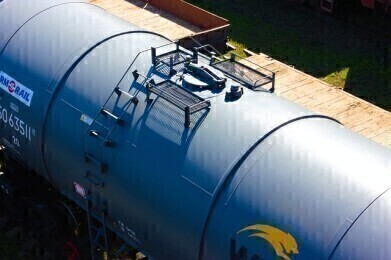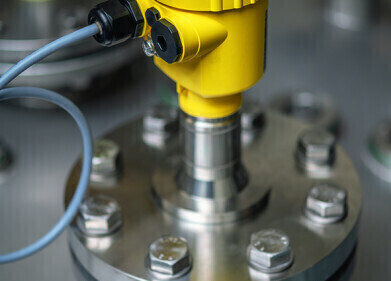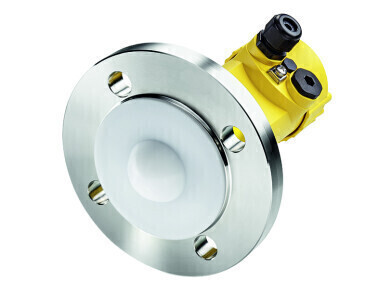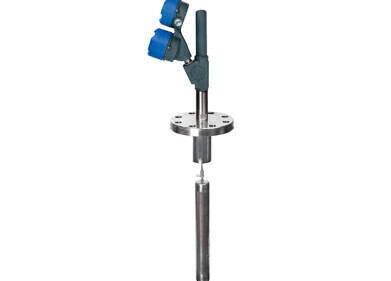Level measurement
How Are Tank Gauges Used for Oil & Petrochemicals?
Dec 27 2022
From crude oil, petrol and diesel to refined feedstocks like ethylene, benzene and methanol, tanks are used to store a variety of petroleum-derived products. Tank gauges are used to measure fill levels in storage tanks and are used across all stages of the petroleum supply chain, including for custody transfer applications.
Why accuracy matters
Industrial storage tanks have enormous capacities. For example, the Sunoco Logistics Nederland Terminal in Texas boasts a total storage capacity of 22 million barrels. Some of the largest individual tanks at the facility can hold up to 660,000 barrels of oil. Such large storage capacities mean even small measurement errors can have a big impact on total fiscal value. This makes accuracy a top priority when using tank gauges to measure fill levels. As well as determining fiscal value, some other goals of tank gauges include:
- Inventory tracking and control
- Custody transfer assessments
- Early detection of leaks
- Overfill prevention
Tank gauging methods
Tank gauging accurately measure volume by using level, temperature and pressure data. Different gauging techniques are used depending on the type of tank and the unique properties of the liquid being stored. In general tank gauging methods can be divided into two categories – manual and automatic.
Manual tank gauging methods can be used for atmospheric tanks, which are suitable for oil and petrochemicals that can be stored in ambient conditions. Traditional methods include the use of a transparent level gauge and measuring tape to calculate fill level. For example, the manual method can be used to measure crude oil levels in a cylindrical floating roof tank with a built-in transparent gauge.
Automatic tank gauging methods
Automated methods have transformed tank gauging. These advanced methods combine a variety of technologies, including next-generation field instruments and sensors, as well as intelligent data collection, communication, processing, storage and retrieval solutions. Accuracy is outstanding, which makes automated methods ideal for transferring large volumes of oil and petrochemical products. Float gauges are one of the most common examples of automated tank gauging. Radar gauges are also coveted. Both methods use transmitters and signal cables to calculate fill level and relay data to the control room.
Automated tank gauging methods are often employed as a secondary form of measurement during custody transfer processes. First, flowmeters are used to measure the flow volume of liquids in pipes and transfer lines. For example, as oil is transferred from a tanker vessel to an onshore tank. Once the transfer is complete, automated tank gauging methods are used to assess the accuracy of flowmeter measurements. If both measurements match, the volume is considered accurate.
Want to know more about how oil and petrochemicals are stored? We cover all based in our complete guide, ‘Storage Tanks for Oil & Chemicals - Everything You Need to Know’.
Digital Edition
PIN 25.6 Buyers' Guide
January 2025
Buyers' Guide Directory - Product Listings by Category - Suppliers Listings (A-Z) Articles Analytical Instrumentation - ASTM D7042: The Quantum Leap in Viscosity Testing Technology -...
View all digital editions
Events
Jan 22 2025 Tokyo, Japan
Jan 25 2025 San Diego, CA, USA
SPE Hydraulic Fracturing Technology Conference and Exhibition
Feb 04 2025 The Woodlands, TX, USA
Feb 05 2025 Guangzhou, China
Trinidad and Tobago Energy Conference 2025
Feb 10 2025 Point Lisas, Trinidad


















